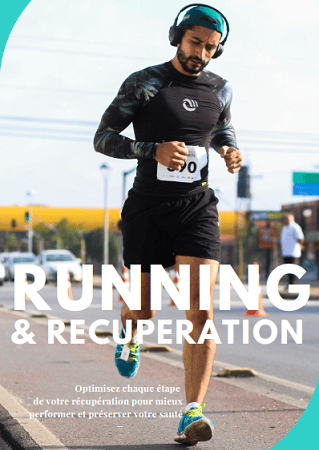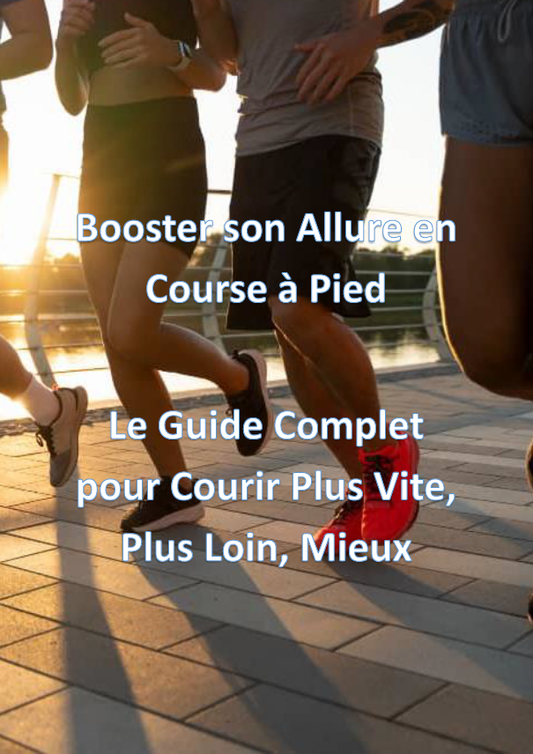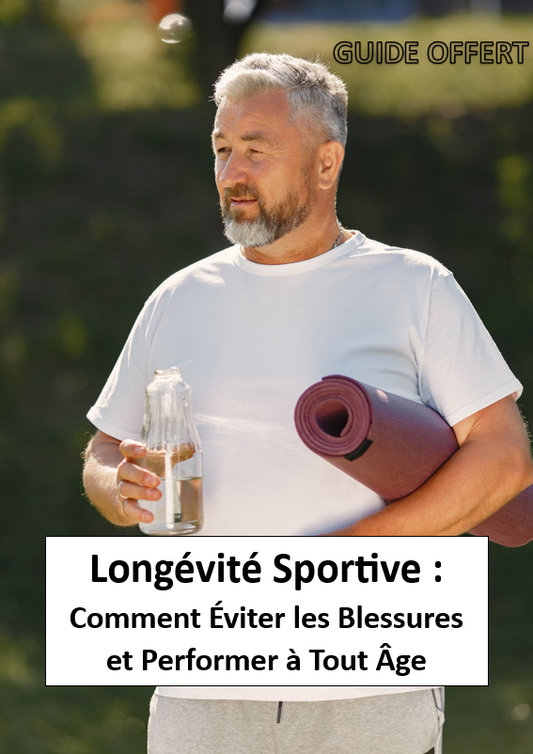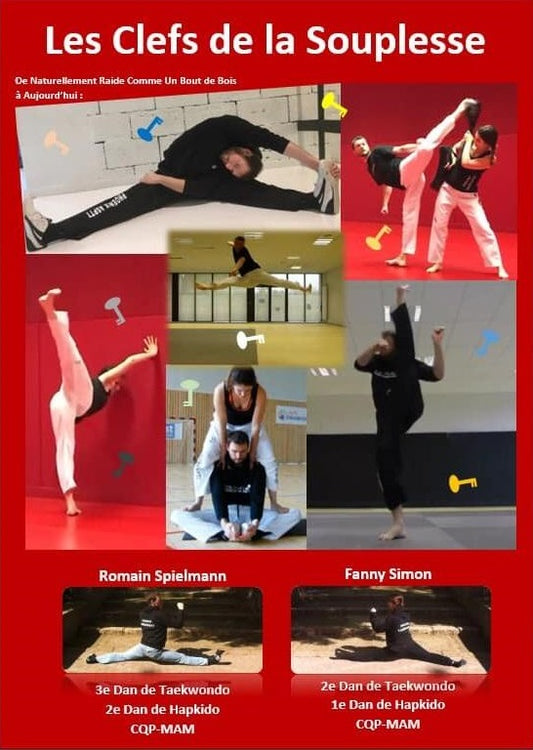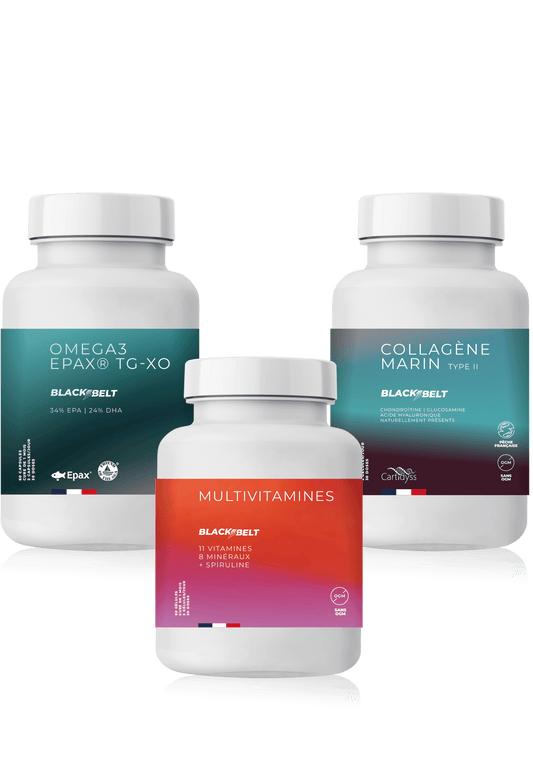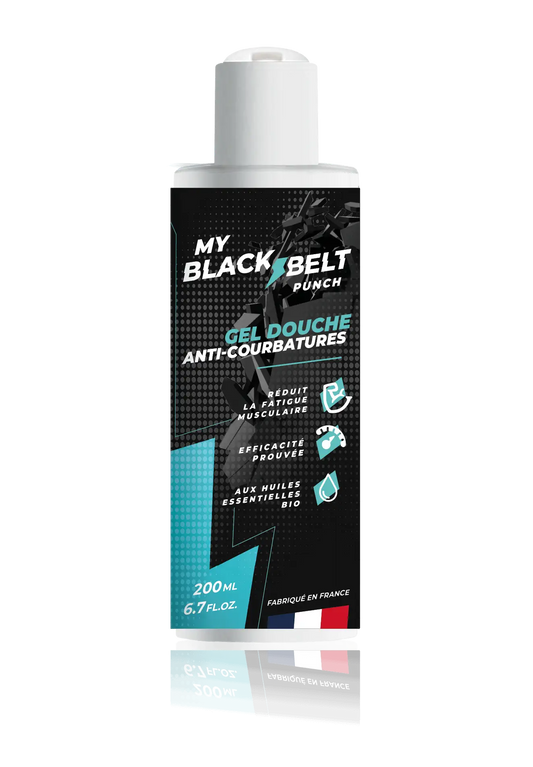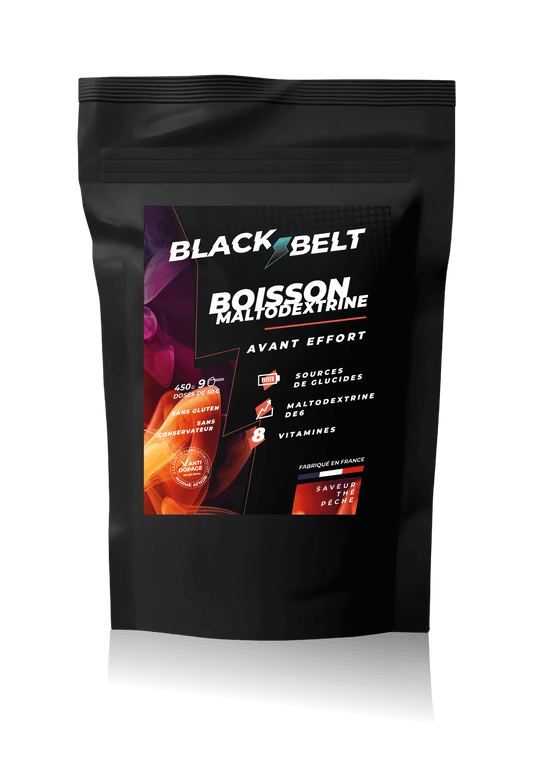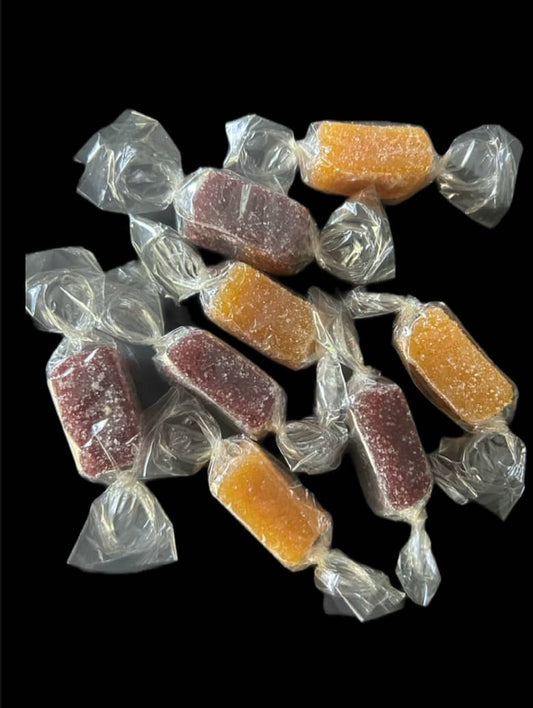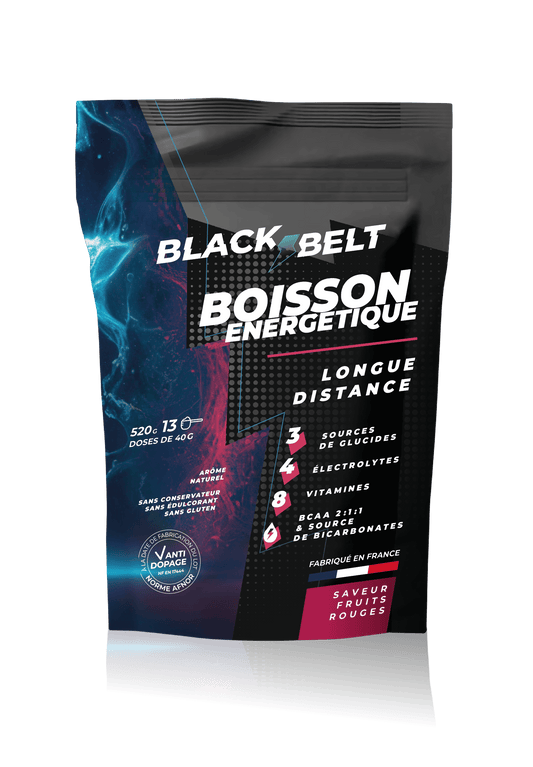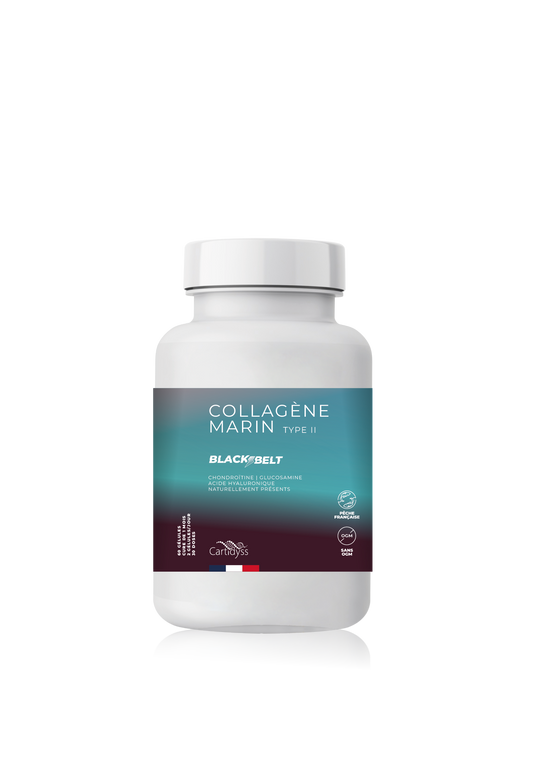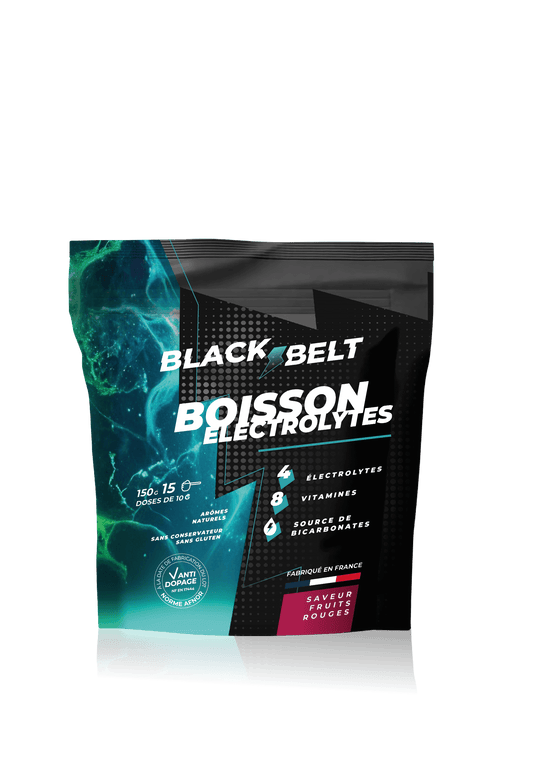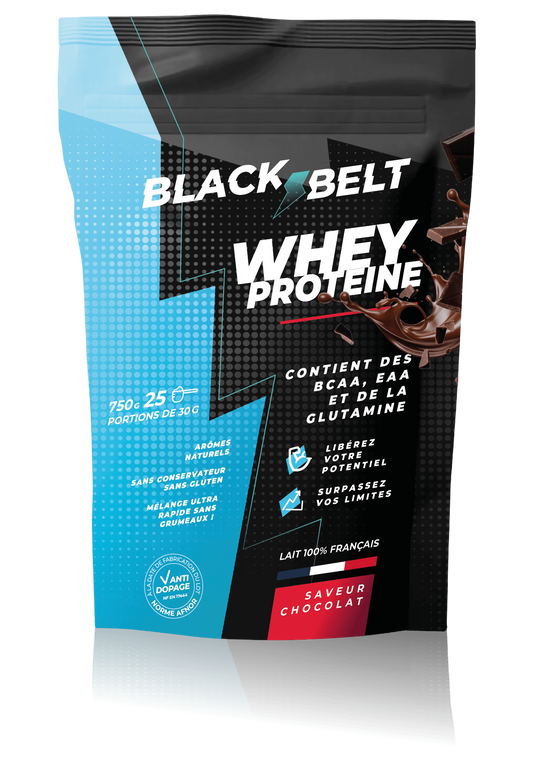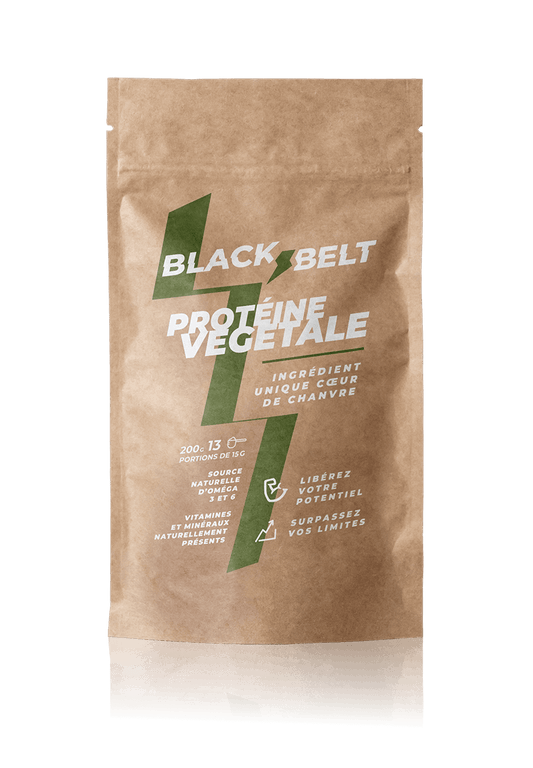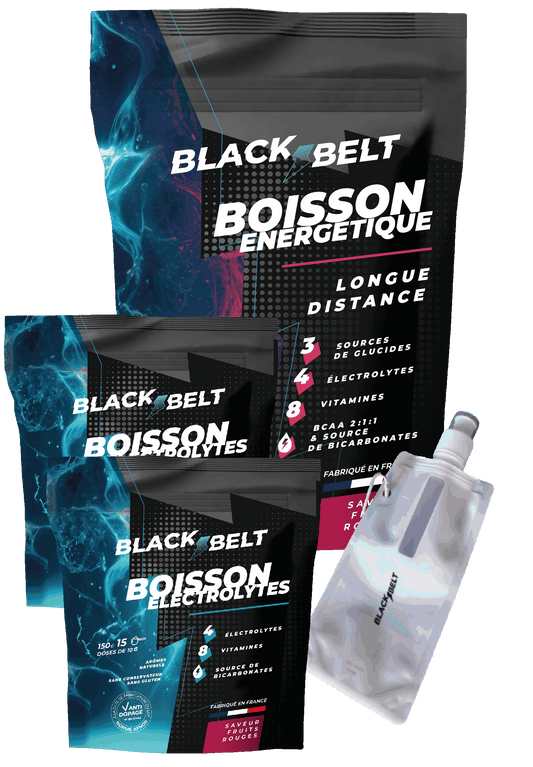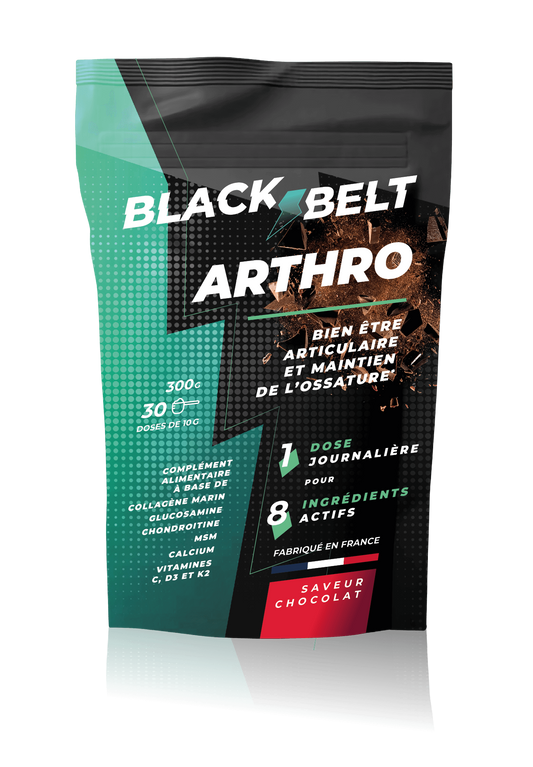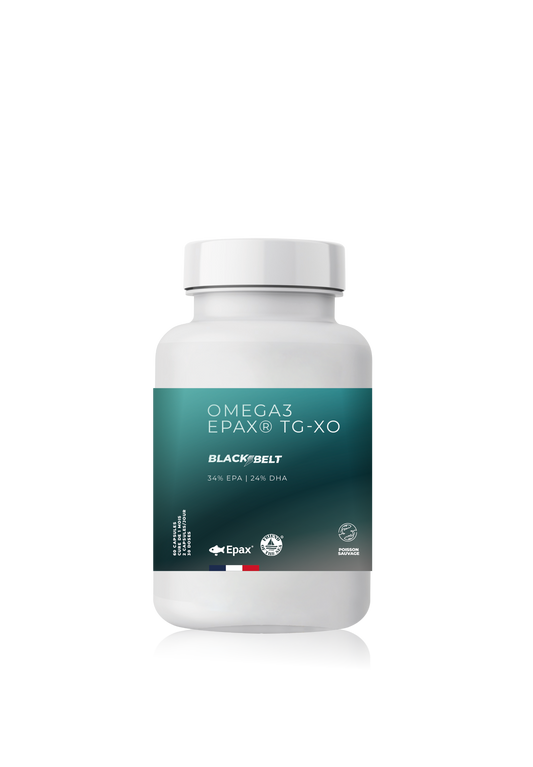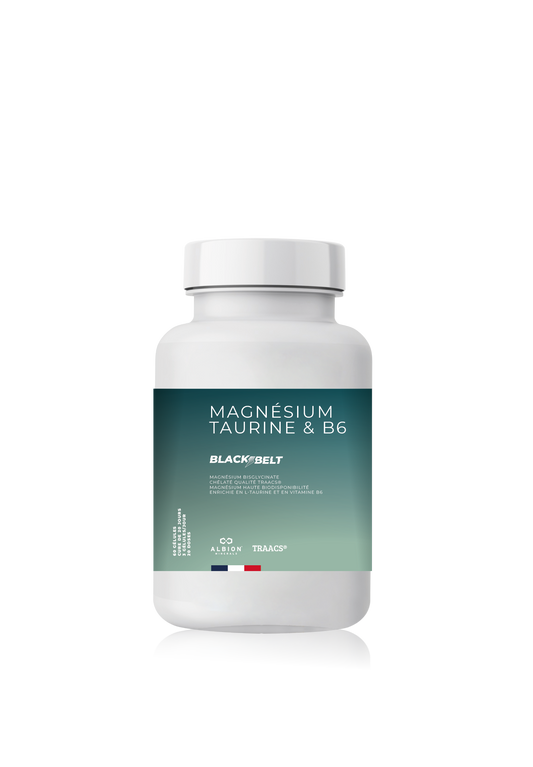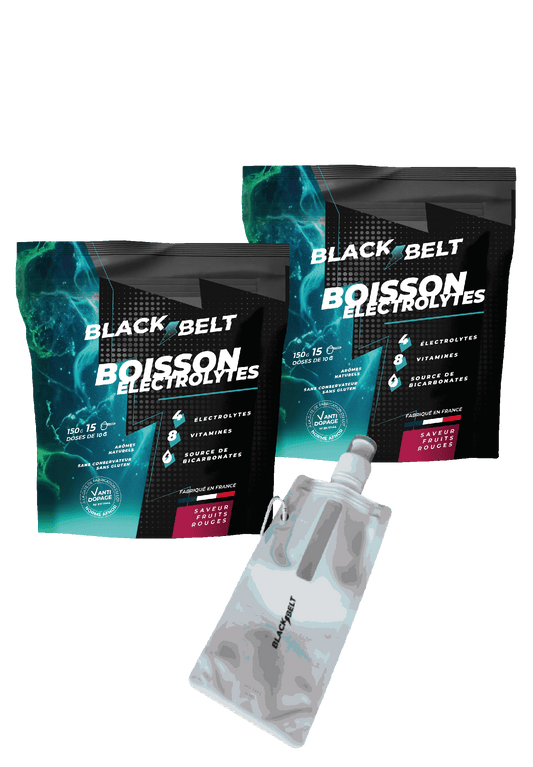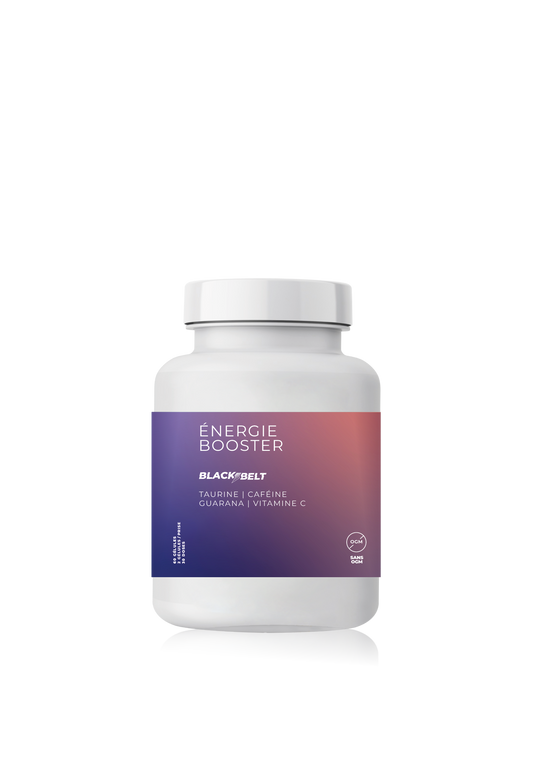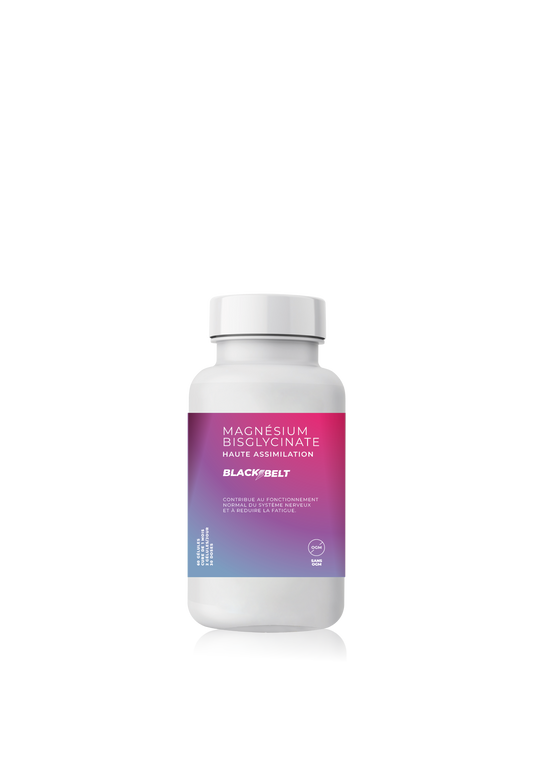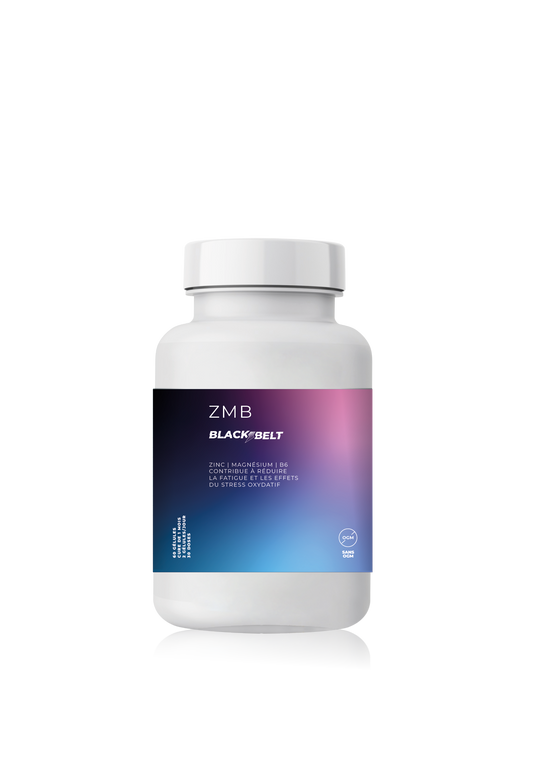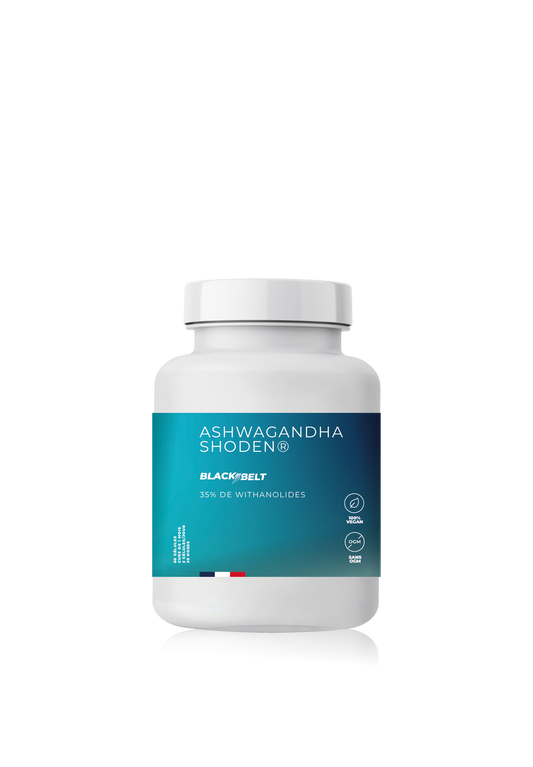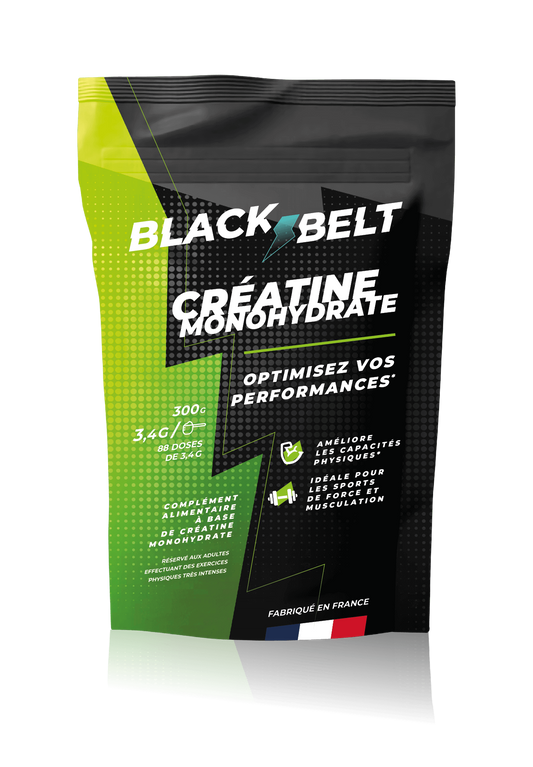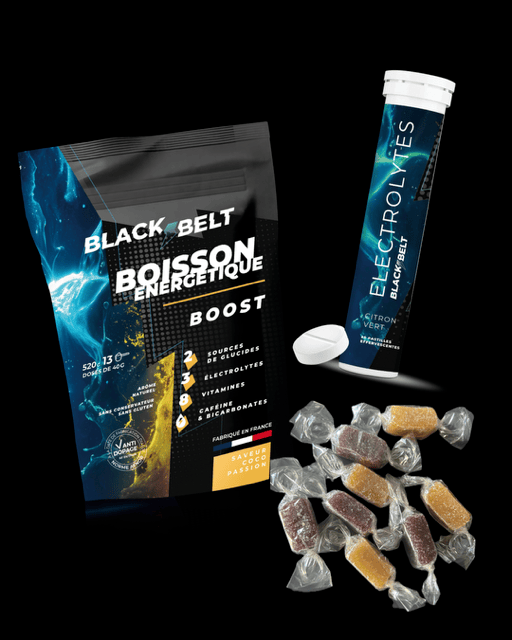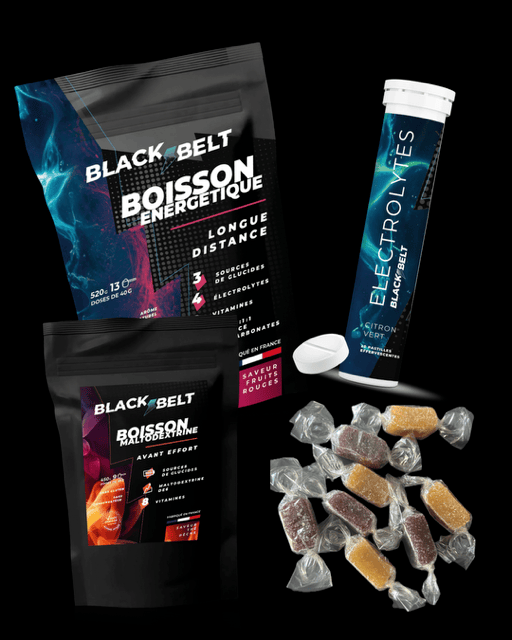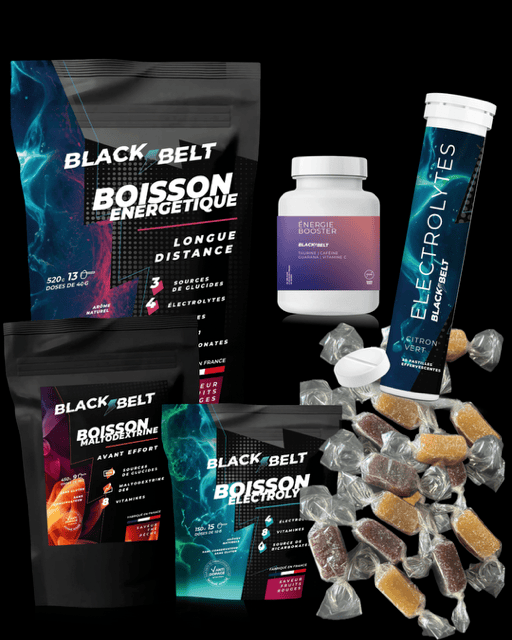
Pain management and rehabilitation
Share
Pain management and rehabilitation are crucial steps in returning to full health after injury.
Whether you're an athlete or an active person, knowing how to treat and manage pain is essential for a quick and effective recovery.
Here are some tips to help you navigate this process and get back to your optimal fitness level.
Understanding Pain
Pain is a signal from the body that there is a problem.
It can be acute, indicating a recent injury, or chronic, signaling a persistent condition.
Understanding the type of pain you are experiencing is the first step toward effective management.
Acute pain
Often intense and sudden, it generally results from an immediate injury such as a sprain or fracture.
Chronic pain
More subtle and persistent, it can be linked to conditions such as arthritis or poorly treated injuries.
Immediate Pain Management
RICE (Rest, Ice, Compression, Elevation)
This method is often recommended for acute injuries.
Rest : Avoid any activity that could aggravate the injury.
Ice : Apply ice for 15 to 20 minutes every 2 to 3 hours to reduce swelling.
Compression : Use a bandage to compress the injured area and limit swelling.
Elevation : Elevate the injured area above heart level to reduce swelling.
Medication
Over-the-counter pain relievers such as ibuprofen or acetaminophen can help manage pain and reduce inflammation.
However, always consult a healthcare professional before taking any medication.
Rehabilitation Techniques
Rehabilitation is an essential phase in regaining strength and mobility after an injury.
Here are some commonly used techniques:
Physiotherapy
Working with a physical therapist can help you recover faster.
Physical therapists use a variety of techniques to improve mobility and reduce pain.
Strengthening exercises : to rebuild muscle strength.
Manual therapy : massage and manipulation to relieve pain and improve circulation.
Physical modalities : Use of heat, cold, ultrasound or electrostimulation to reduce pain and inflammation.
Stretching and Mobility Exercises
Gentle stretching and mobility exercises can help restore range of motion and prevent stiffness.
Static stretches : Hold stretch positions for 15 to 30 seconds to improve flexibility.
Dynamic stretching : Involves controlled movements that prepare muscles for physical activity.
Progressive Reinforcement
Gradually resuming physical activity is crucial.
Start with low-impact exercises and slowly increase the intensity.
Isometric exercises : Contracting muscles without movement to strengthen the muscles around the injured joint.
Bodyweight exercises : such as squats, lunges, and push-ups to strengthen muscles without putting stress on joints.
Tips for successful rehabilitation
Listen to Your Body
It is important to pay attention to your body's signals.
If an activity causes pain, stop and consult your therapist.
Set Realistic Goals
Set short and long term goals to track your progress.
This can help you stay motivated and measure your improvements.
Maintain a Good Lifestyle
A balanced diet, adequate hydration and sufficient sleep are essential for effective recovery.
Diet : Eat foods rich in protein, vitamins and minerals to promote muscle repair.
Hydration : Drink plenty of water to maintain tissue elasticity and nutrient transport.
Sleep : Good sleep allows the body to repair and regenerate itself.
When to Consult a Professional
If pain persists despite your management and rehabilitation efforts, it is crucial to consult a healthcare professional.
They will be able to assess your condition, provide an accurate diagnosis and direct you to appropriate treatment.
Conclusion
Pain management and rehabilitation require patience and perseverance.
By taking a structured approach and using the proper techniques, you can maximize your recovery and return to your favorite activities stronger than ever.
Take care of your body and give it the time it needs to heal, and don't hesitate to seek professional help when needed.

